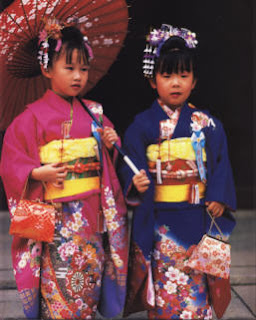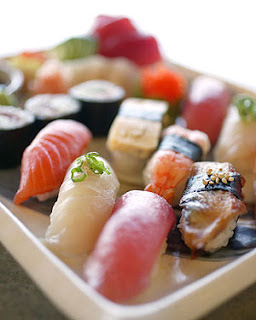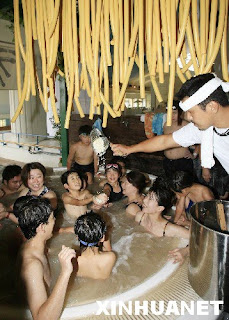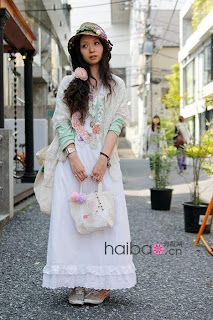
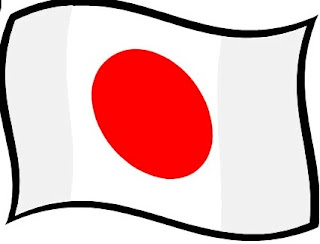



 Japan is one of the most attractive vacation destinations to me. I am extremely interested in Japanese culture, traditions, fashion, people and landscapes, etc. One day, I am definitely going to Japan to experience everything special and wonderful about Japan.
Japan is one of the most attractive vacation destinations to me. I am extremely interested in Japanese culture, traditions, fashion, people and landscapes, etc. One day, I am definitely going to Japan to experience everything special and wonderful about Japan.Japan is in the Continent of Asia. It's country is made up of many islands. Since the sun rises in the east, Japan is of tern called "The Land of The Rising Sun." The Japanese refer to their country as "Nippon" or "Nihon" which means "source of the sun". The Japanese flag represents a red sun on a white background.
The capital of Japan is Tokyo. In fact it is one of the biggest cities in the world. It is modern, very busy, and extremely crowded. Moreover, Japanese technology, economy are all considerably at the top ones in the world.
To me, Japan is a nation that you can experience old traditional elements and modern high-technology factors both in one. Japan is full of mysteries and I am going to find them out. This blog is particularly designed for my Japan tour dream. I choose some of the most interesting and representative features of Japan in the blog. Hope you will enjoy it and maybe you will find yourself fall in love with Japan just like I am...
